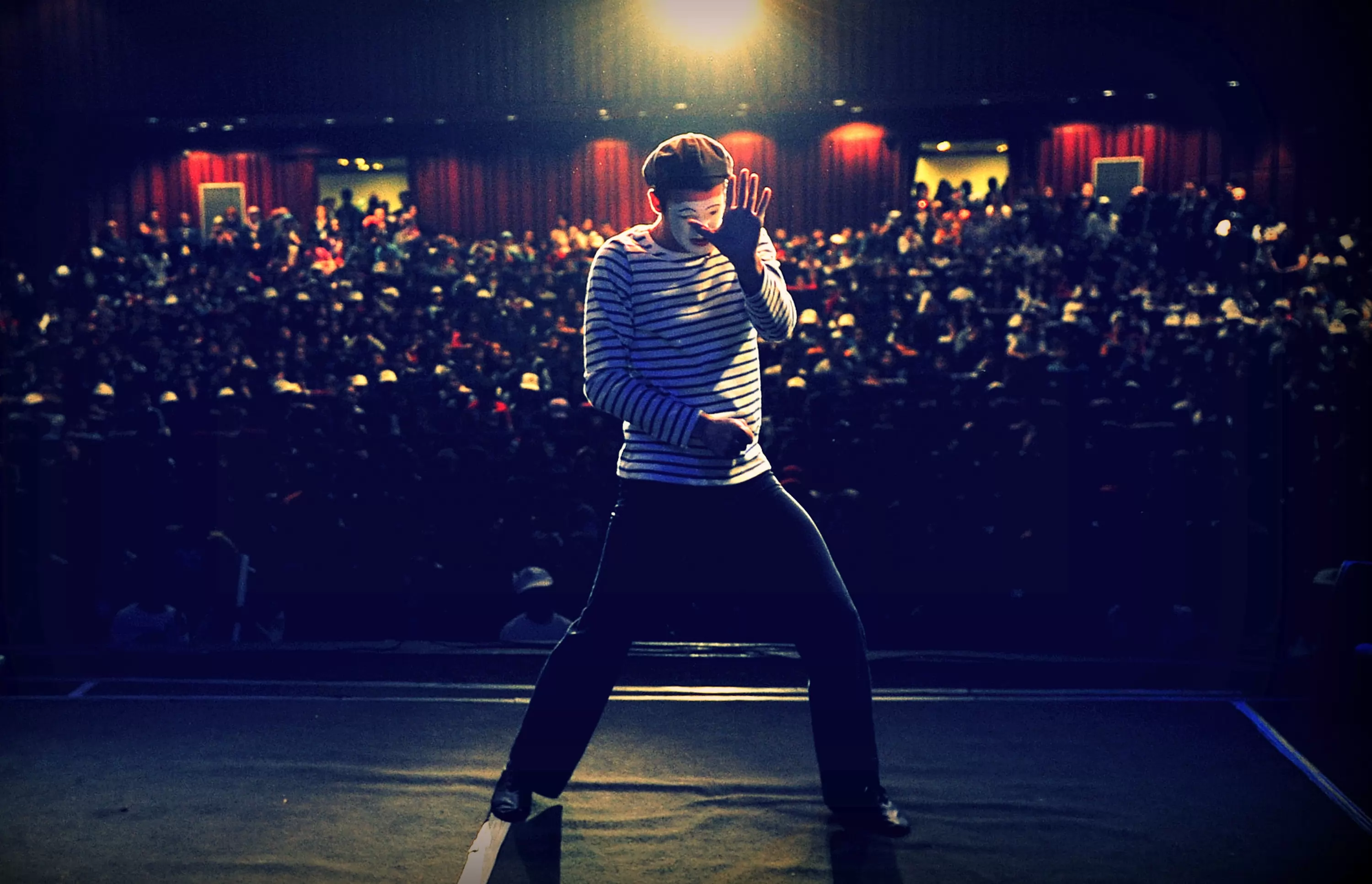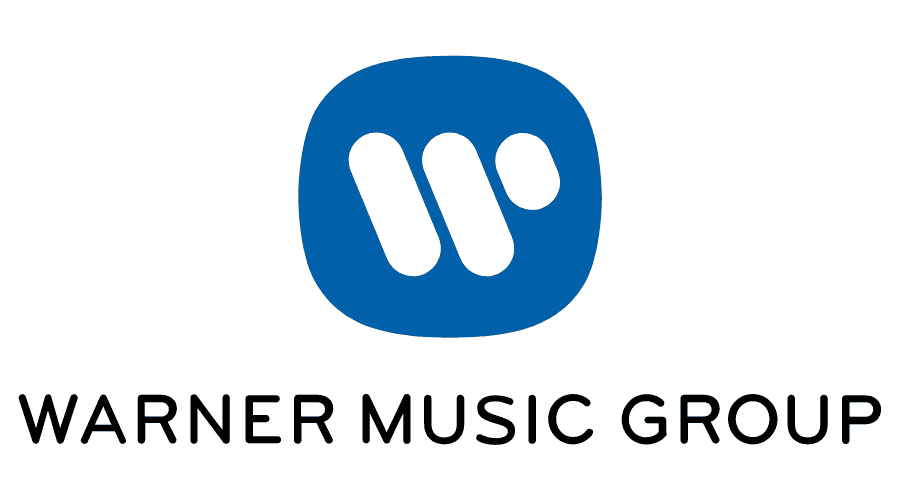Sintesi
The global performing arts market, inclusive of independent artists and performing companies, was valued at $181.39 billion in 2021 and is projected to grow to $244.6 billion by 2025, with a CAGR of 8%. Asia Pacific and Western Europe account for approximately 64% of this market. Within Italy, a key cultural hub, the live performance market remained resilient despite the pandemic's challenges in 2020. The largest segment, cinema, continued to attract significant audiences, but faced new competition from streaming services like Netflix, which saw a substantial increase in subscribers during the lockdowns. The Italian live performance market, characterized by a variety of artistic expressions, experienced notable decreases due to COVID-19, with a 69% reduction in the number of performances and considerable declines in both sector profits and audience size. Despite the impact, the market began exploring hybrid models, and new digital and interactive formats emerged, pointing towards a transformative and potentially recovering phase for the industry post-2020.
Emerging Trends in Italy's Performing Arts Market Amidst Digital Transformation
The Italian landscape for performing arts has shown both consistencies in demand as well as dynamic shifts in trends, especially catalyzed by the recent global pandemic. As Italy nurtures a profound cultural heritage, live performances across various genres remain integral to its societal fabric. Pre-2020 figures indicated a thriving sector with musical and theatrical performances at the forefront, collectively attracting more than half of the Italian population. However, the unforeseen advent of COVID-19 drastically altered this trajectory, leading to a substantial decline in attendance and revenue, with a staggering drop by approximately 70-80% across various segments, especially in concerts. Yet, this disruption also fostered innovation. A surge in digital alternatives like streaming services saw an enormous rise in popularity, with platforms such as Netflix witnessing their subscriptions soaring between 15 and 20 million units by 2020—a stark contrast to the declining cinema attendance. Education has surfaced as a pivotal demand driver in the performing arts market. Individuals with higher educational qualifications—about 70% of graduates—disproportionately constitute the audience for live performances compared to those with lower levels of education. This trend underlines a correlation between educational attainment and cultural consumption.
Despite a decrease in traditional consumption channels such as cinema theaters, support for performing arts saw an uptick, with businesses engaged in assisting the sector growing by almost 18%. This entrepreneurial spirit reflects a persistent demand and a market striving to adapt and evolve. Prices for accessing these cultural experiences vary significantly, with cinema tickets averaging around €9.70, theater tickets around €13 (though premium performances like opera command higher prices), and coveted sports events ranging from €50 to €200. Lastly, the Italian government's embrace of a new regulatory framework underscores its commitment to promoting and safeguarding the performing arts sector. This law emphasizes the intrinsic cultural, educational, and economic value of live performances in Italian society. In the shadow of a global pandemic, the Italian market for performing arts is navigating through a period of transformation, embracing digital platforms, and adapting to new consumer behaviors, while retaining its deep-rooted value in the cultural and educational spheres of the country.
Key Market Participants and Their Characteristics
In the vibrant tapestry of Italy's live performance market, several notable players have emerged, each contributing their unique flair to the cultural landscape. These entities, ranging from established institutions to innovative newcomers, form the core of the industry's dynamism and diversity.
- Historical Pillars of Culture and Performance Italy's artistic scene is reinforced by historic institutions that serve as pillars for the country's cultural heritage. The esteemed opera houses such as Teatro alla Scala in Milan and Teatro La Fenice in Venice are quintessential examples of such entities. These venues not only preserve and showcase the grandeur of Italian opera but also act as custodians of high culture, attracting audiences from across the globe.
- Contemporary Champions of Music and Theatre On the musical front, organizations such as the Orchestra dell'Accademia Nazionale di Santa Cecilia play an instrumental role in promoting orchestral music through concerts and educational initiatives. Similarly, theatrical companies like Piccolo Teatro di Milano lead the way in both classical and contemporary theatre, contributing substantially to the performing arts sector's evolution.
- Pioneers of Innovative Entertainment The Italian market also lauds modern pioneers who have redefined entertainment boundaries. These include avant-garde circuses and experimental performance groups, which combine traditional elements with contemporary interpretations to reach new audiences. These entities are instrumental in creating cutting-edge entertainment experiences, often blending technology and artistry to push the envelope of what live performance can be.
- Advocates for Traditional and Popular Arts The eco-system is further enriched by performers of traditional puppetry, recognized for their unique contributions to the arts. These practitioners keep alive a form of storytelling that has historic roots in Italian culture. Similarly, street artists and popular songwriters continue to be an essential part of the Italian artistic fabric, celebrated for their role in enlivening public spaces and contributing to the nation’s social and cultural growth.
- Foundations for Artistic Experimentation Lastly, centers of experimentation and research hold a special place in the Italian live performance market. These entities serve as incubators for cutting-edge artistic projects, melding various art forms and often leveraging digital platforms to create immersive and interactive experiences. They stand at the forefront of conceptual innovation within the performing arts and play a critical role in the sector's continual rejuvenation.
The confluence of these diverse players – ranging from traditional institutions to contemporary innovators – shapes the complex and dynamic nature of the Italian live performance market.
per comprendere questo mercato
Dettaglio del contenuto
 Informazioni
Informazioni
- Pagine : 30 pags
- Formato : Versione PDF e digitale
- Ultimo aggiornamento : 05/02/2022
 Riepilogo ed estratti
Riepilogo ed estratti
1 Market overview
1.1 Definition and Scope of the Market
Live performance is defined by the physical presence of at least one performing artist receiving remuneration for the public performance of a work of the mind.
The market in Italy is structured around the production and distribution of live performances. This market covers various segments, to name a few: comedy, opera, instrumental music, theatre, circus, which, although do not necessarily share the same clients, yet share, at least in part, the same production resources (e.g. lighting, sound control, decor, security, ticketing, advertising and promotion).
As mentioned, the Italian live performance landscape is made up of a number of artistic expressions yet finds its biggest source of turnover and attendance in two segments: musical and theatrical. The music performance sector counts circa 1100 players and grew by 7% per year in the time frame 2012-2017. The theatre sector, for its part, recorded a positive performance in 2018 both in terms of turnover (+2.7%) and audience spending (+2.8%). The sub segments share a market outlook that is concentrated on the upstream, some major operators cover the organization of the events, but fragmented on the downstream of the distribution, counting a vast, economic fabric, including independent venues, technical assistance professions, stage directors, security companies, etc.
As a result, while this market may appear concentrated in terms of revenue and admissions, it is absolutely fragmented in terms of number of performances and employment. The industry finds its main outlets first with individual customers, more than 50% of Italians attend live performances, then with corporate customers, particularly in the context of team seminars or customer meetings.
1.2 Global Market Analysis
The global performing arts market, which include both independent artists and performing companies, was estimated at $***.** billion in ****, and it is expected to reach $***.* billion by ****, growing at a CAGR of *%. In particular, the scope of the market under analysis is based on the offer of independent artists and performing art ...
1.3 The Italian Market for Performing Arts
In a country like Italy, where culture is considered to be one of the most rooted values for the society, performing arts represent an essential sector for the economy. Taking into consideration the data disclosed by SIAE (***), the number of exhibitions and the revenues of such a market remained high even ...
1.4 Import and Export Analysis
Dealing with performing arts, it is difficult to estimate the number and value of exhibitions "exported or imported", meaning the quantity of spectacles of Italian artists abroad or that of foreign artists given in Italy. However, it is worth considering the instruments, apparatus, and models that are designed for demonstrational purposes ...
1.5 Covid-19 Impact
**** has been a critical year for the market of performing arts. According to the Italian Minister for Culture, Dario Franceschini, as restrictions were released due to the worsening health situation, the market under consideration started undergoing a continuative contraction. To fully understand the severity of the situation, it is enough to ...
2 Demand Analysis
2.1 Demand Overview
Taking into consideration the total dimension of the audience for performing arts in Italy, it is possible to see an almost constant trend in the number of people attending and participating in exhibitions, performances, and other sorts of entertainment in the last * to * years. Naturally, such a constant development of the ...
2.2 Demand Drivers
Among the drivers for the demand of performing arts, the educational level and background of individuals play a relevant part in the attractiveness that consumers feel about cinemas, theaters, exhibitions and other forms of art. It has indeed been demonstrated that, among visitors to theaters and cinemas, the vast majority is ...
2.3 Geographical Distribution of Demand
The following map shows the distribution of the overall audience of performing arts in **** per macro-region [***]. In particular, the data used to build the map are referred to the following categories of performing arts:
Cinemas; Theaters; Concerts; Sports; Dance; Travelling shows; Exhibitions.
2.4 New Trends in Demand
As explained in section *.*, COVID-** exerted an enormous impact on the performing arts market. Despite all the negative consequences that the pandemic has imposed on the sector under analysis, a sudden change of context has also represented an opportunity for the development of new genres and the emergence of new ...
3 Market structure
3.1 Structure and Dynamics of the Market
Taking into consideration the ATECO code **.** - creative, artistic, and entertainment activities - the following chart represents the main legal forms adopted by the companies in the sector. It is possible to see that the general partnership (***).
Performing Arts - Legal Entities Italy, ****, in %. Source: ****
Furthermore, considering the period from **** to ...
3.2 Fruition Channels
Dealing with the performing arts market, it is worth considering not only the total number of places where people can attend performances, but also that of supporting activities for performances themselves.
First and foremost, dealing with the number of fruition channels, it is worth considering the total number of cinema theaters ...
4 Analysis of the offer
4.1 Typology of the Offer
According to SIAE - Osservatorio dello Spettacolo - the main categories of activities belonging to the performing arts market can be summarized as follows:
Cinematographic activities; Theatre activities; Concert activities; Sport activities; Dance activities; Exhibitions; Travelling shows; En-plain-air activities.
The main trends related to these categories - total number of performances, ...
4.2 Pricing
In order to assess prices in the market under consideration, it is necessary to recall the categories analysed in the previous part to have a complete overview of prices in Italy.
5 Regulation
5.1 Regulatory Framework
In ****, the Italian Government approved a new regulation in matters of entertainment and performing arts (***). In particular, such a regulatory framework states that the Italian Government:
Promotes and supports entertainment, in the plurality of its various expressions, as an indispensable factor for the development of culture and as an element of ...
6 Positioning of the players
6.1 Segmentation
- UCI Cinemas
- The Space Cinema
- Cinelandia
- TicketOne
- TicketMaster
- Warner Music Group Italy
- Sony Music Italia
 Grafica
Grafica
- Industria culturale - Cifre globali
- Mercato mondiale delle arti dello spettacolo - Dimensione geografica del mercato
- Tipi di esposizione - Numero di spettacoli
- Tipi di esposizione - Pubblico
- Tipi di performance - Reddito
Tutti i nostri studi sono disponibili online e in PDF
Ti invitiamo a consultare un esempio del nostro lavoro di studio su altri mercato!
Aziende citate in questo studio
Questo studio contiene un panorama completo di società di mercato con le ultime cifre e le notizie di ogni azienda :
 Perché Scegliere Questo Studio :
Perché Scegliere Questo Studio :
Accedi a più di 35 ore di lavoro
I nostri studi sono il risultato di oltre 35 ore di ricerca e analisi. L'uso dei nostri studi ti consente di dedicare più tempo e aggiungere valore ai tuoi progetti.
Approfitta di 6 anni di esperienza e oltre 1.500 studi settoriali già prodotti
La nostra competenza ci consente di produrre studi completi in tutti i settori, inclusi i mercati di nicchia o emergenti.
Il nostro know-how e la nostra metodologia ci consentono di produrre studi con un valore unico di denaro
Accedi a diverse migliaia di articoli e dati a pagamento
BusinessCoot ha accesso all'intera stampa economica a pagamento e ai database esclusivi per svolgere studi di mercato (+ 30.000 articoli privati e fonti).
Al fine di arricchire i nostri studi, i nostri analisti utilizzano anche indicatori Web (semrush, tendenze, ecc.) Per identificare le tendenze in un mercato e strategie aziendali. (Consulta le nostre fonti a pagamento)
Supporto garantito dopo l'acquisto
Una squadra dedicata al servizio post-vendita, per garantirti un alto livello di soddisfazione. +39 380 247 7810
Un formato digitale progettato per i nostri utenti
Accedi a un PDF ma anche una versione digitale per i nostri clienti. Questa versione consente di accedere a fonti, dati in formato Excel e grafica. Il contenuto dello studio può quindi essere facilmente recuperato e adattato per i tuoi supporti.
 Le nostre offerte :
Le nostre offerte :
the performing arts market | Italy
- Quali sono i dati relativi alle dimensioni e alla crescita del mercato?
- Cosa sta influenzando l'andamento e l'evoluzione del mercato?
- Qual'è il posizionamento degli attori di mercato?
- Segmentazione e profilo delle aziende operanti nel mercato
- Dati e numeri da una molteplicità di fonti
Pacchetto di 5 studi (-15%) IT Italy
- 5 rapporti a 75,6 € IVA esclusa per studio da scegliere dal nostro catalogo italiano per 12 mesi
- Risparmiare il 15% sugli studi aggiuntivi acquistati
- Scegliere il rimborso del credito non utilizzato al termine dei 12 mesi (durata del pacchetto).
Consulta i termini e le condizioni del pack e del rimborso del credito non utilizzato.
























